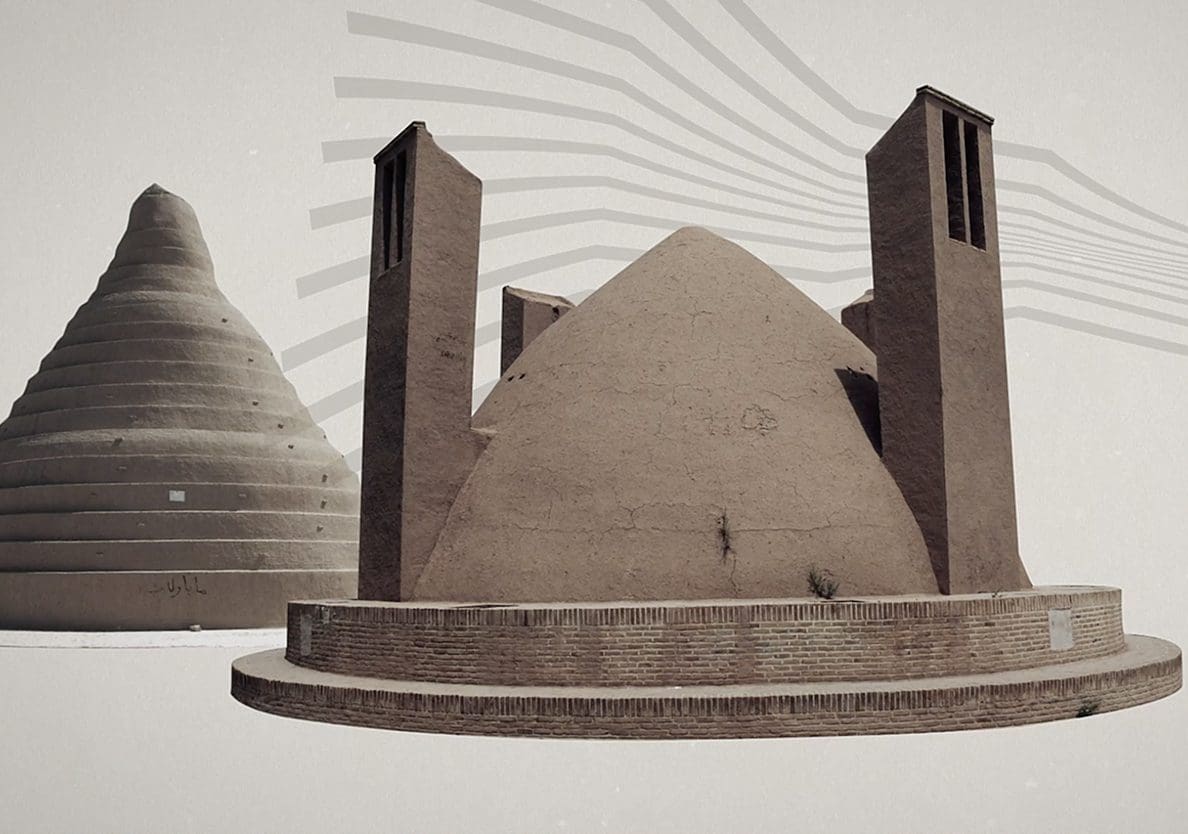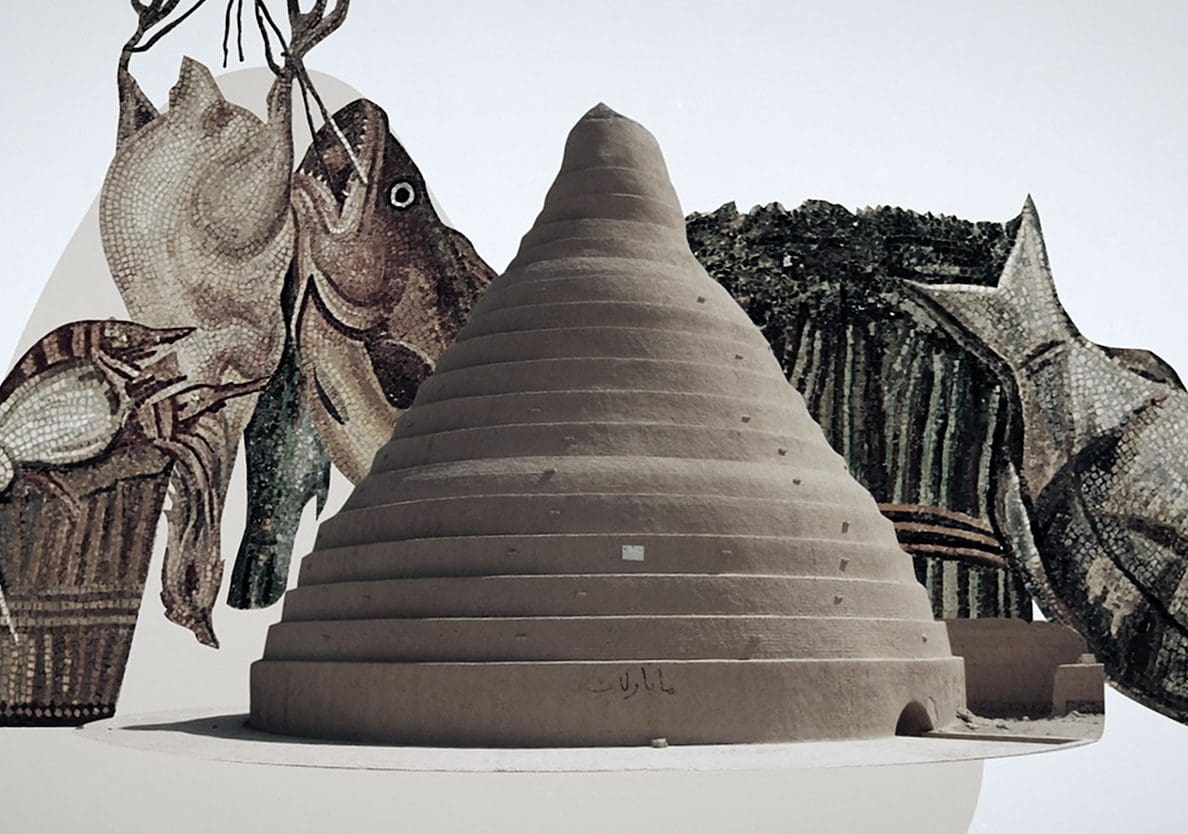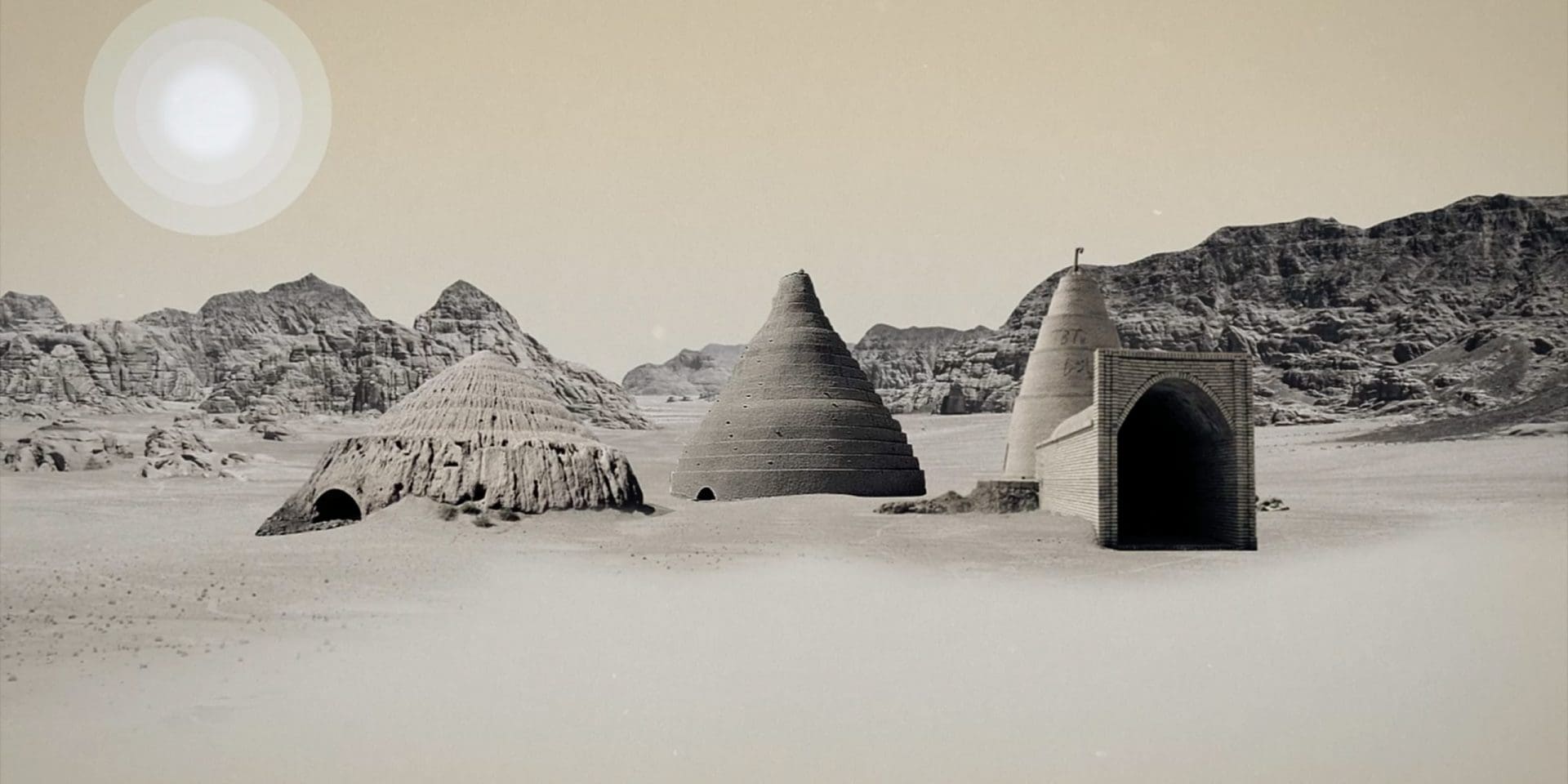In an age before electricity, and in a warm climate like the Near East, ancient people still found a way to keep their buildings cool and their food and drinks frosted. Utilizing their natural environment, a combination of the earth’s underground temperature, shade, water, nighttime temperatures, wind, and human construction were combined by the ancients to create ice houses.
There are examples still standing in modern day Iran, representing ancient Persia, there are remains of 7th century BC ice houses in China, and the oldest reference found thus far goes to ancient Mesopotamia. A record dating to 1780BC, belonging to the once, and now famous king Zimri-Lim of Mari, reports his commissioning of a new icehouse to keep ice from the nearby mountains.
“Like a snow-cooled drink at harvest time is a trustworthy messenger to the one who sends him; he refreshes the spirit of his master.”
Proverbs 25:13
By studying the younger examples from Iran, a lot can be learned about storing and making ice in a hot climate. For cold storage insulation is key, so the ice houses also called ice pits would be dug deep into the earth where the temperatures are naturally cooler, and a plaster lining would be added. Next a large, high, thick dome would be built over top with air vents to allow the exit of warm air. Sometimes a high wall could be built to help shade the dome, and underwater aqueducts could also be incorporated to vent cooler, water bearing air up into the icehouse. These underwater channels would also feed a shallow pool that could be built by the icehouse to make ice in the cold nights of winter. When used, theses shallow pools would be shaded by a large wall, fed with cooler underground water, and would freeze naturally overnight in the winter, to be harvested in chunks and brought into the icehouse for storage.
Wind catching towers could also be used to help naturally circulate the air. In Iran, these towers and ventilation systems are widely known and were incorporated into homes, palaces and public buildings. Essentially, they catch the wind, allowing it to blow into buildings and then a system of secondary vents pull the hot air out. In icehouse designs these towers were utilized to help mitigate the hot summer temperatures.


Understandably, icehouses probably held much more than ice and snow. As we do today, refrigeration is an effective method of food preservation and was more than likely another use of the ancient icehouse. And though the oldest record of an icehouse was commissioned by a king, from examples in modern Iran it is possible that these could also have been constructed for public use.
While there are no existent examples of icehouse remains from ancient Israel that I am aware of, Proverbs 25 likely references the practice. It says:
“Like a snow-cooled drink at harvest time is a trustworthy messenger to the one who sends him; he refreshes the spirit of his master.” (Proverbs 25:13, NIV)

Corie Bobechko is a daily co-host, speaker, and writer of Bible Discovery. She also hosts a YouTube channel that shows how history and archaeology prove the Bible. Her heart for seekers and skeptics has led her to seek truth and share it with others. Corie also has a Bachelor of Theology from Canada Christian College.






